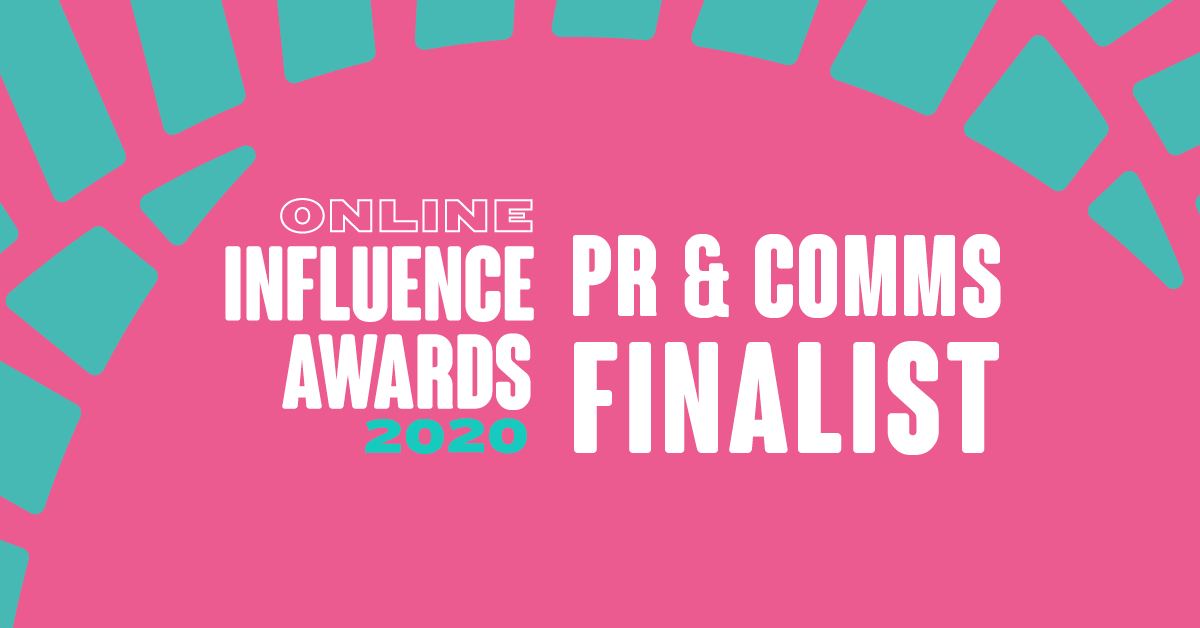The devastation is clear to see in Louisiana from tropical storm Laura. In the middle of a pandemic people were faced with needing to evacuate their homes which for many had been a place of safety from Covid-19. But it is clear that the social differences have been exacerbated by the crisis plans.
The challenge is how to move people to safety. Some were told to head to hotels or move out to family and friends, but for many the only option were evacuation centres. Places where they would be put with lots of other people as they are also being told to social distance and keep to family groupings.
It made me ask whether our crisis plans are creating divisions and increasing the inequalities that exist in society. This isn’t planned but is a byproduct of the planning process.
Emergency plans are built on years of experience from debriefing and learning about the most effective course of action. They are developed for the majority and have to have an eye on cost implications. What rarely comes into the planning until too late is considering the impact on all communities. It is usually when something has happened and people are already being further disadvantaged that the issue is spotted and possibly some attempts are made to address it.
Crisis communication plans are often written in the same way. There is little or no involvement of the people who will be affected by the planning. If they are involved it will be to review and rubber stamp something that is already virtually complete.
The equality duty brought in across the U.K. in 2010 is a requirement on public sector bodies to consider the impact of what they do on all individuals. It has led to policies and plans being assessed and activity being considered before it is introduced. But do our crisis communication plans pass that test? Have they been reviewed with the equality duty in mind?
What we need to do from now is to look again at our crisis plans. Start be considering information from debriefs and involve the people who have had their lives affected by those plans. Then take a critical look at whether plans and procedures are building inequality into the crisis response. We can do better in the future.

